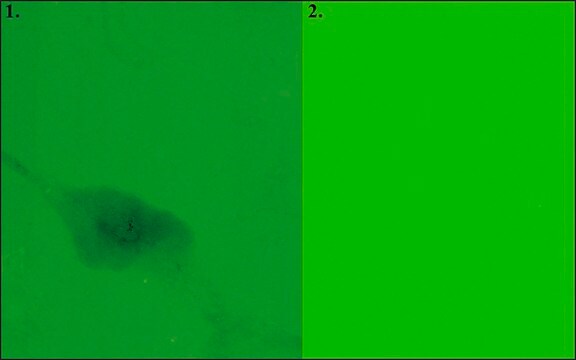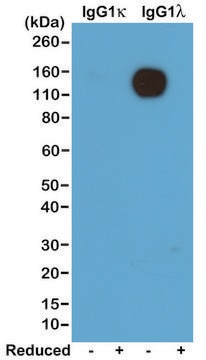SML0642
Chaetoglobosin A
from Chaetomium globosum, ≥98% (HPLC)
Synonym(s):
4,7,14,14a,15,15a,16a,16b-Octahydro-7-hydroxy-14-(1H-indol-3-ylmethyl)-4,6,15,15a-tetramethyl-, 3H-Cyclotridec[d]oxireno[f]isoindole-8,11,12(13H)-trione
About This Item
Recommended Products
biological source
Chaetomium globosum
Quality Level
Assay
≥98% (HPLC)
solubility
DMSO: soluble 10 mg/mL
methanol: soluble 10 mg/mL
storage temp.
−20°C
InChI
1S/C32H36N2O5/c1-17-8-7-10-22-29-31(4,39-29)19(3)27-24(15-20-16-33-23-11-6-5-9-21(20)23)34-30(38)32(22,27)26(36)13-12-25(35)28(37)18(2)14-17/h5-7,9-14,16-17,19,22,24,27-29,33,37H,8,15H2,1-4H3,(H,34,38)/b10-7+,13-12+,18-14+/t17-,19-,22?,24-,27-,28+,29-,31+,32+/m0/s1
InChI key
OUMWCYMRLMEZJH-VIRVUJSBSA-N
Application
Biochem/physiol Actions
Cytochalasins were also found to inhibit glucose transport in human erythrocytes by binding to the glucose carrier on the erythrocyte membrane. Chaetoglobosin A was found to inhibit nematode proliferation and egg hatching. It also causes mortality of second stage juveniles of Meloidogyne incognita.
Other Notes
Storage Class Code
11 - Combustible Solids
WGK
WGK 3
Flash Point(F)
Not applicable
Flash Point(C)
Not applicable
Certificates of Analysis (COA)
Search for Certificates of Analysis (COA) by entering the products Lot/Batch Number. Lot and Batch Numbers can be found on a product’s label following the words ‘Lot’ or ‘Batch’.
Already Own This Product?
Find documentation for the products that you have recently purchased in the Document Library.
Our team of scientists has experience in all areas of research including Life Science, Material Science, Chemical Synthesis, Chromatography, Analytical and many others.
Contact Technical Service







